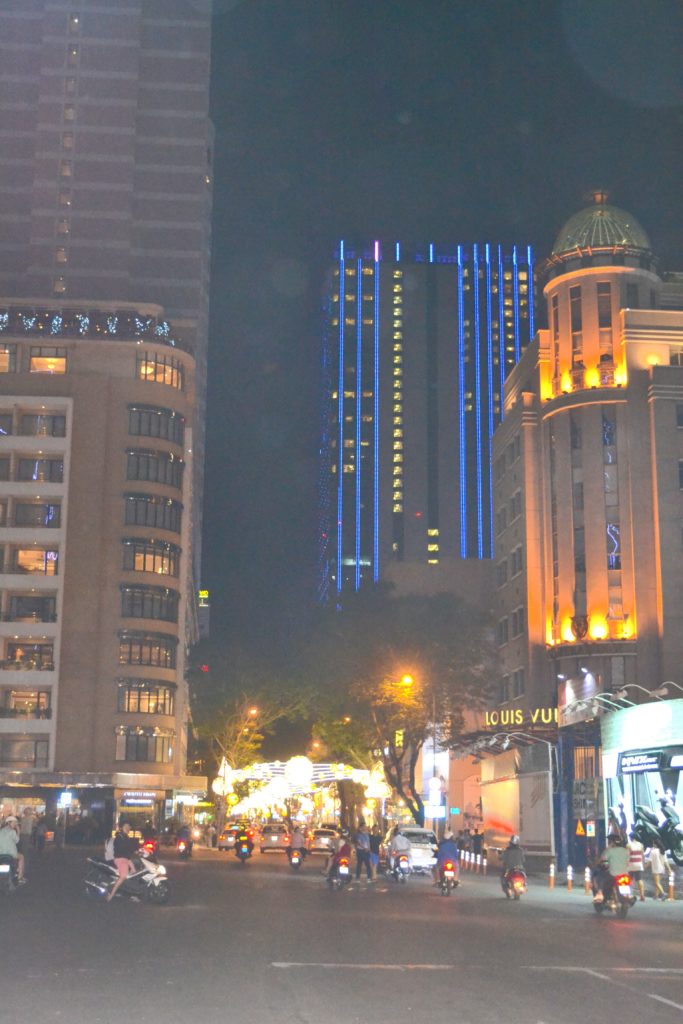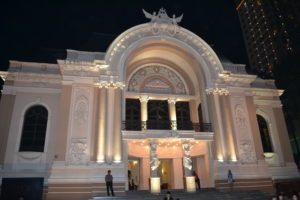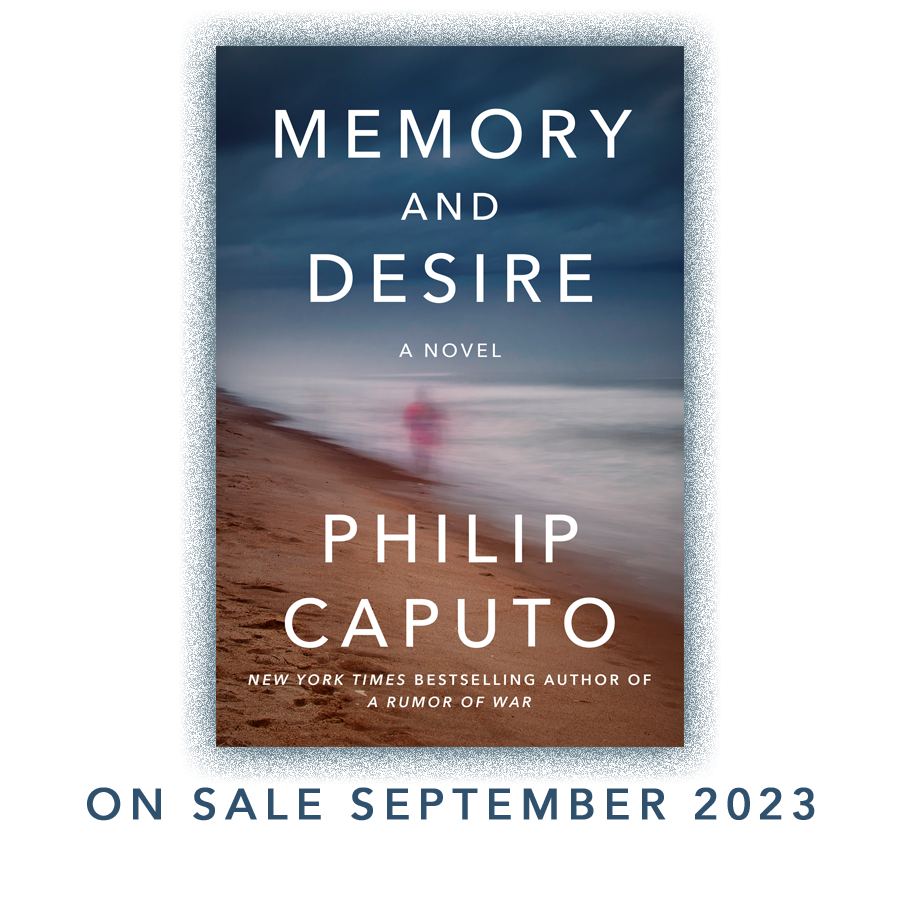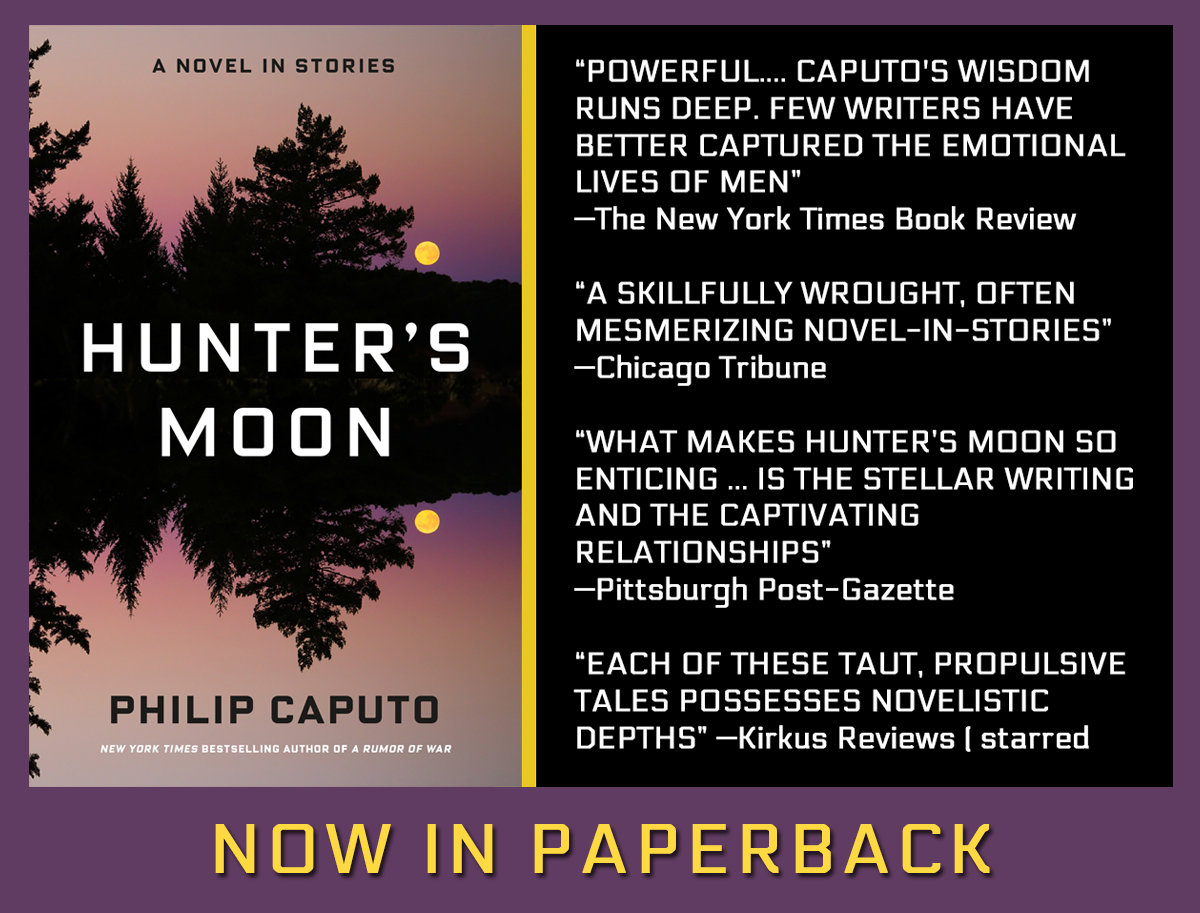If ever I’d been made an offer I couldn’t refuse, it was the one that popped up in my inbox several months ago. Lindblad/National Geographic Tours asked me to be guest speaker on a 12-day “expedition” up the Mekong River through Vietnam to Cambodia and the storied temples of Angkor Wat. All expenses for me and my wife, Leslie, would be covered, except for her airfare. To top things off, I would be paid a fee for giving two 45-minute lectures on topics of my choice and — this was the really tough part — mingling with the guests at the cocktail hour and at dinner. “I think I can do that,” I said. Only a commitment to an ICU could have stopped me from giving that answer.
On Feb. 22nd, we drove 200 miles from our winter home in Patagonia, Arizona, to Phoenix, overnighted there, and flew out for Seattle early the next morning. Twenty-three hours later, at 10 p.m. local time, we landed in Saigon, aka Ho Chi Minh City. A detachment of people from Trails of Indochina, a tourist company contracted to Lindblad, whisked us through passport control and customs to an air-conditioned van that delivered us to the Park Hyatt Hotel downtown. If the Michelin Guide’s ratings did not stop at 5, it would give a 6 to the Saigon Hyatt. That’s the reason I enclosed the word expedition above in quotes. I’ve been on a few expeditions, and they all came complete with the three “D’s” — dirt, dust, and discomfort. This one was to have none of that.
This was my third trip to Saigon. The first, during the war, was on a three-day, “in-country” R & R in early 1966; the second was in 1975, when I covered the city’s fall to Communist forces and the end of the war (that would be the topic of my first lecture); and the third was in 1990, when I and a few other American writers had been invited to Vietnam for a conference with the Vietnamese Writers Union (the topic of lecture two).
The Saigon of 2017 made me feel a little like Rip Van Winkle. I hardly recognized it as we cruised around in vans and on foot the day after arriving. All the old, French-colonial buildings in the city center had been renovated — the Opera House, the Central Post Office (designed by Gustave Eiffel), Notre Dame cathedral, the Continental and Caravelle Hotels, formerly the dens-cum-watering holes for correspondents, CIA spooks, and other species of wartime wildlife. A Japanese firm was building a subway; construction cranes dominated the skyline; new office and apartment buildings were rising everywhere to accommodate a population three times what it had been thirty years ago. Ten million was the figure most often mentioned.
The multi-story mountains towered above savannas of tin-roofed shacks, squalid shops, and open-air markets. It was in those neighborhoods that I found remnants of the Saigon I remembered; but an electric energy pulsed even there, conducted by the traffic. The bicycles and rickshaws of the past had been replaced by motorbikes and scooters, countless thousands of them buzzing in all directions, their drivers and passengers wearing masks against the fume-polluted air. Ignoring all known traffic laws, they swam through the streets like schools of fish, never crashing into each other, nimbly dodging buses and trucks.
Our band of travelers found relief from the crowds and noise on a quiet street, where we lunched in a graceful villa, once upon a long time ago the residence of the U.S. Ambassador, Henry Cabot Lodge. It is now known as the Salon Saigon and features literary readings and paintings by Vietnamese artists. A most un-expeditionary lunch was served: fish soup, shrimp, prawns, and hot pork chunks bedded in steamed rice, with creme brulé for dessert. The Vietnamese government, unlike most revolutionary governments, doesn’t seem intent on wiping out all vestiges and reminders of the past. Lodge’s portrait still hangs in the dining room; he gazed at us with the cool confidence of the WASP aristocrat he’d been.
We were then taken to the Reunification Palace, which had been the residence and headquarters for South Vietnamese Presidents. On April 30th, 1975, its high iron gate became a kind of instant artifact when a North Vietnamese T-54 tank smashed through it, forcing then-President General Minh to unconditionally surrender. The building, surrounded by serene gardens, is today a museum. I found the basement bunker the most interesting exhibit: several adjoining rooms of varying size, filled with old wooden desks, typewriters, telex machines, black telephones, and communications gear that were state of the art in the 60s and 70s and were now quaint antiques. It was easy to imagine radio operators crouched under headsets, receiving and delivering desperate messages as the enemy closed in.
At a little past seven p.m., our intrepid expeditionaries — there were 47 altogether — marched out of the Hyatt and across Lam Son Square for a seven-course dinner at the Hoa Tuc restaurant. If you can find an eatery in Manhattan or Paris that serves meals as exquisite as that one, e-mail me its address immediately. I began to carry out my mingle-with-the-guests mission by chatting with a Maine couple, George and Mary Foristall, he a geologist, she a mathematician. Together, they own a company that predicts weather for off-shore oil rigs.
Needing to work off the effect of lunch and dinner, Leslie and I ambled around town. Saigon at night rocks. The streets, decorated with vivid neon sculptures to celebrate the new lunar year, were packed with young people, Vietnamese and foreigners alike. The restaurants, outdoor cafes, and night clubs were likewise jammed. A rock band was playing in the top-floor bar at the Caravelle, the very spot from which, forty-two years before, I had watched North Vietnamese jets and artillery crater the airport’s runways. Now I watched incredibly beautiful Vietnamese girls dancing in tight skirts and heels.
I had lived for two years in dreary, oppressive Moscow during the Brezhnev Ice-Age; I had made thee trips to Castro’s equally oppressive Cuba — Moscow with palm trees, we called it. The Saigon I saw in 1990, though emerging from Vietnam’s post-war repression, still had the trappings of a police state. Vibrant and booming today, it doesn’t look or feel like a city in a Marxist state. The up-scale restaurant in the Continental Hotel is called “Le Bourgeoise.” Uncle Ho was either smiling or turning over in his grave, I thought.
But I am an old newshawk. The bird of skepticism is still caged in my head, and it was singing to me: There is more to this than meets the eye; beware, Phil, of first impressions. And the next day, I, with my companions, learned that it was singing truth.

Night scene in Saigon. The building on the left is the Caravelle Hotel. Image below is the Saigon Opera House.




Ron,
Looking forward to each installment.
(do you remember writing that article for the Free Press in 1970))
I think I wrote more than one, but if you’re referring to the story about the strip joint, yes, I do remember. The Tall Torrid Temptress from Tampa is still vivid in my mind.